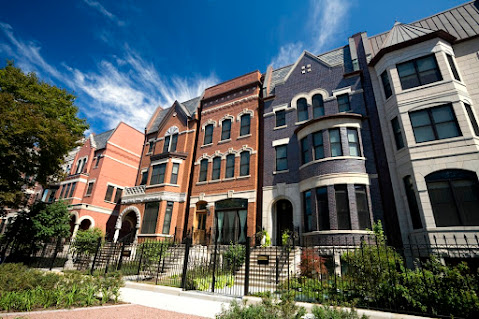South Florida’s real estate market has become a significant player in the national real estate landscape, known for its diverse offerings, luxury properties, and high demand for homes that accommodate a wide range of buyers. The market is evolving rapidly, and many new trends have surfaced that are worth exploring.
One major trend has been the rise in the demand for luxury properties. According to Omar Hussain, “South Florida’s real estate market continues to attract luxury buyers who are looking for unique, high-end homes that provide both exclusivity and access to all the amenities that the region offers.” The region’s growing reputation as a haven for luxury real estate has been fueled by an influx of international buyers and those seeking tax benefits.
The market dynamics are heavily influenced by both domestic and international buyers. Over the past decade, the influx of foreign capital has significantly shaped the market. As Omar Hussain points out, “The appeal of South Florida to international buyers cannot be overstated. The mixture of lifestyle and investment potential keeps foreign interest strong year-round.” This steady demand helps bolster the region’s property values, particularly in high-end neighborhoods.
Another critical factor driving South Florida’s market is its growing appeal as a second-home destination. Buyers from colder climates and high-tax states are flocking to South Florida, looking for homes that offer both a vacation lifestyle and a strategic financial investment. “South Florida has always been known for its second-home market, but now we’re seeing a shift where these homes are becoming primary residences for many,” says Omar Hussain.
In the luxury sector, eco-friendly homes are becoming an essential trend. Buyers are increasingly interested in properties that provide sustainability features alongside luxury elements. Developers are now incorporating more green energy sources, smart home technology, and environmentally friendly construction materials to cater to this growing demand.
At the same time, South Florida’s urban centers, like Miami, have been experiencing a boom in the condo market. Miami’s urban core is evolving, and the real estate boom has transformed neighborhoods with high-end developments. Downtown Miami, Brickell, and Edgewater have emerged as top markets for investors and end-users alike. This trend is driven by a combination of job growth, a desire for walkable neighborhoods, and the availability of luxury amenities.
Waterfront properties are at the core of what makes South Florida real estate so attractive. Whether it’s a beachfront mansion or a high-rise condominium with water views, these homes remain among the most desirable properties in the region. Omar Hussain explains, “Waterfront properties, particularly in areas like Miami Beach, are a pinnacle of the luxury market. Buyers are willing to pay a premium for the combination of privacy, luxury, and access to water.”
Another trend impacting the market is the rise of remote work. As more people embrace flexible work arrangements, they are looking for homes that offer office spaces, large outdoor areas, and access to leisure activities like boating and golfing. South Florida’s properties are well-suited to these needs, making the region a top choice for relocating professionals and entrepreneurs.
In conclusion, the South Florida real estate market continues to grow and evolve, driven by a unique combination of factors that make it one of the most dynamic markets in the country. With luxury properties at the forefront, eco-friendly homes on the rise, and continued interest from both domestic and international buyers, the future looks bright. Omar Hussain Chicago sums it up perfectly: “South Florida will always be a top destination for real estate investment, whether for personal use or financial growth. The combination of lifestyle and market strength is unbeatable.”
Originally Posted: https://omarhussainchicago.com/south-florida-real-estate/










